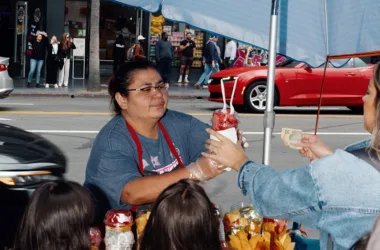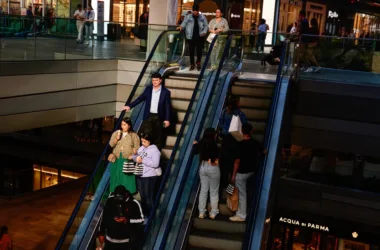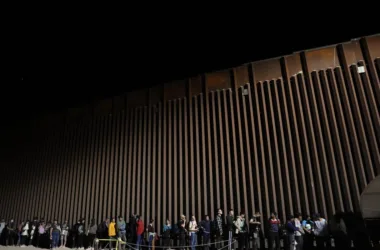Less than half of all adolescents with clinical depression during the first year of the COVID-19 pandemic received mental health treatment as lockdowns kept them home, a study has found.
Four researchers based in Massachusetts published the study Monday in JAMA Pediatrics. They examined the data of 10,743 12- to 17-year-olds who responded to a national health survey Jan. 14-Dec. 20, 2021.
About 1 in 5 adolescents were clinically depressed during the first full calendar year of the pandemic, the study found. It reported that 33.3% of Asian adolescents, 39.5% of Blacks, 29.2% of Latinos, 45.0% of White adolescents and 22.1% of mixed-race adolescents received treatment such as psychiatric medication or talk therapy.
“The high levels of [major depressive disorder] and the low levels of mental health treatment access may in part be attributed to COVID-19 restrictions,” the researchers wrote.
The study noted that 42 states and territories issued stay-at-home orders that impacted 73% of counties nationwide from March 1 to May 31, 2020.
Symptoms of major depressive disorder, also known as clinical depression, include at least two weeks of persistent bad moods, low self-esteem and a loss of interest in favorite activities. People with it often experience sleeplessness, social withdrawal, lack of appetite and suicidal thoughts.
According to the researchers, unmet care needs surged amid “increased feelings of emptiness, hopelessness, and loneliness among adolescents due to social isolation, virtual school, and lack of peer interaction” during the pandemic.
They pointed to earlier data showing that national rates of major depression among adolescents doubled between 2009 and 2019, setting the stage for disaster as lockdowns deprived young people of healthy social outlets.
In the study published Monday, racial and ethnic minorities experienced the lowest treatment rates. Researchers noted that these adolescents were also more likely than White children to live in poverty, have public health insurance, reside in large urban areas and report poor or fair health.
The study found that Asian and Latino adolescents had lower rates than White adolescents of virtual mental health treatment. Additionally, Blacks and Latinos had lower rates than White adolescents of mental health care appointments transitioning to telehealth.
“These findings suggest that US federal policy should target adolescents as a whole, and racial and ethnic minority populations in particular, to ensure timely and equitable access to high-quality mental health treatment,” the researchers concluded.








